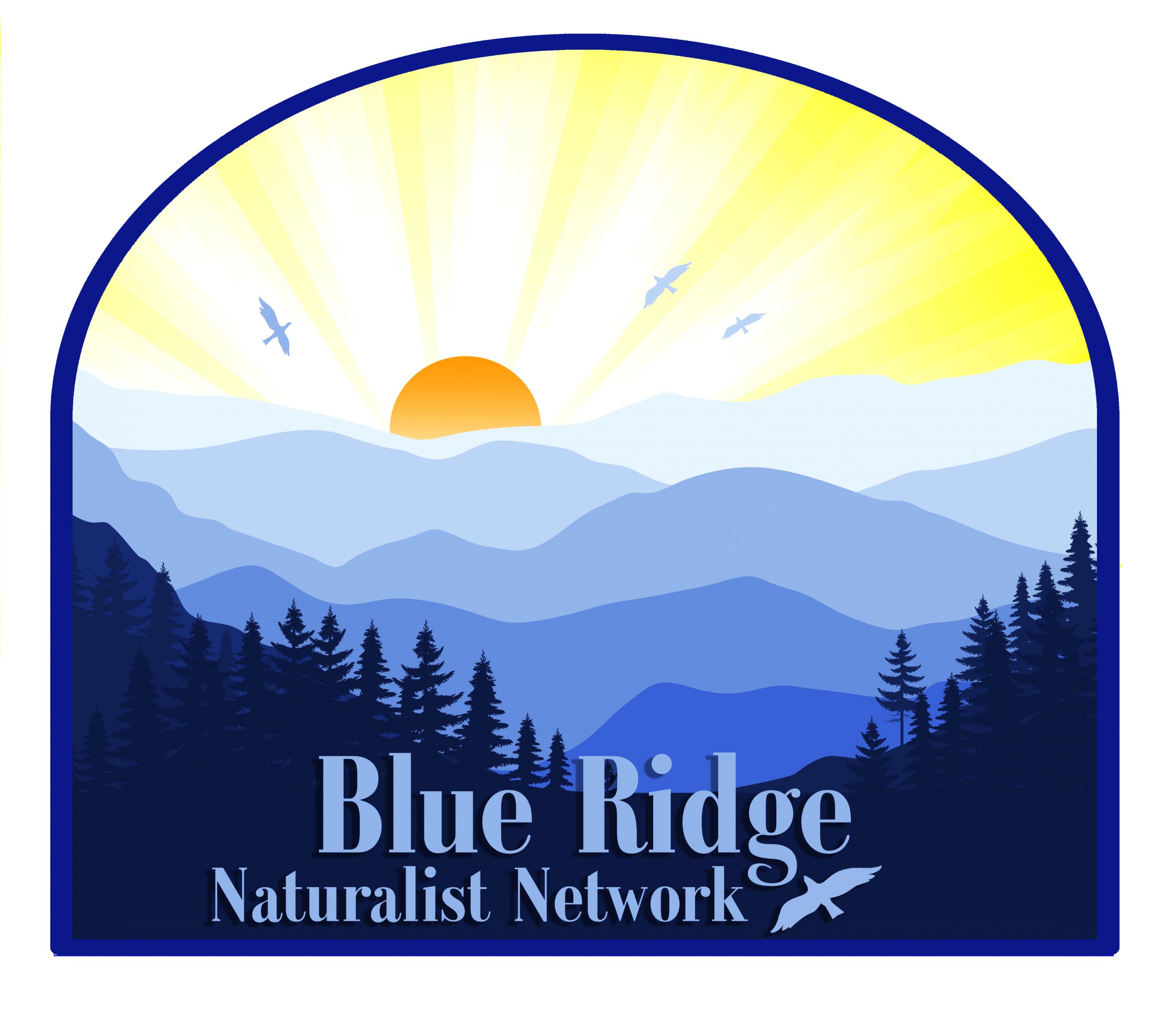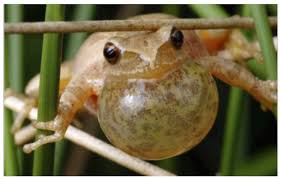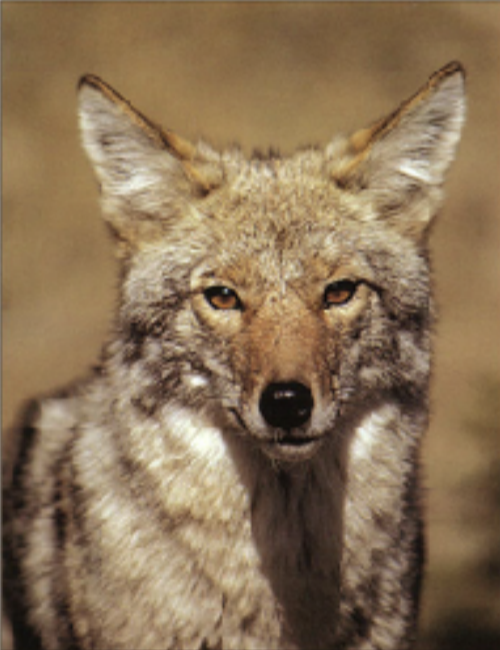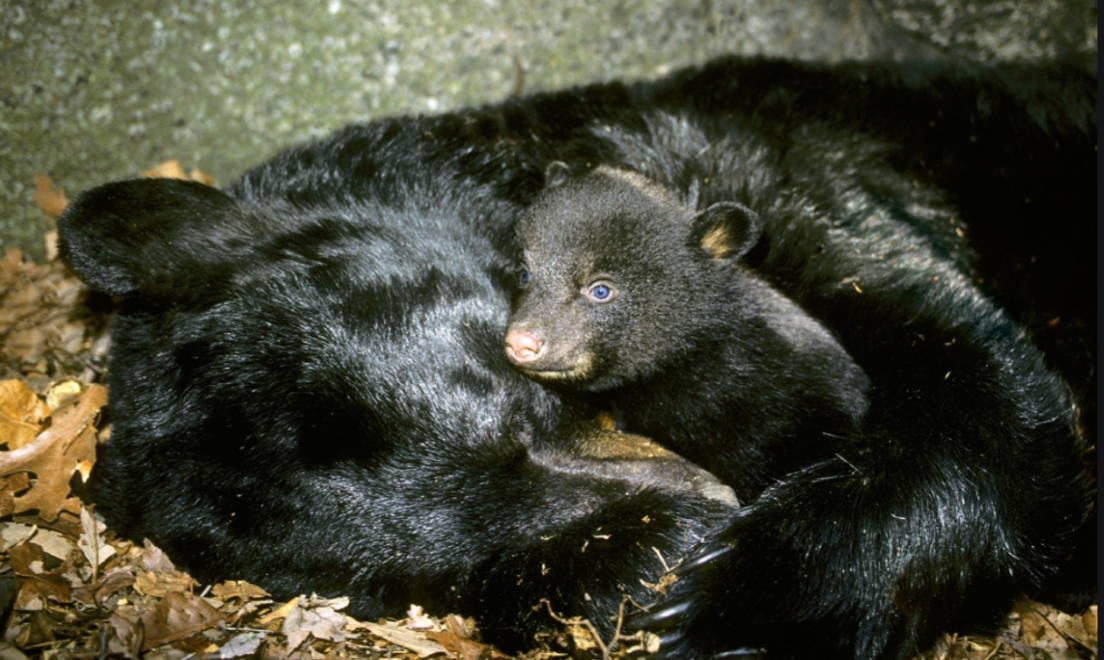Holiday Gift Ideas: Books about Smart Critters
by Linda Martinson Blue Ridge Naturalist
It’s hard to find just the right gift for holiday giving, not because we humans aren’t clever and resourceful and of course we have commandeered most of the Earth’s resources for our own survival and pleasure — still it can be a challenge. So here is an idea: give that someone on your gift list a book about the other smart critters on this beautiful emerald planet. Some possibilities:
- The Genius of Birds by Jennifer Ackerman
- Coyote America by Dan Flores
- The Hidden Life of Trees by Peter Wohlleben
- The Soul of an Octopus by Sy Montgomery
- What a Fish Knows by Jonathan Balcombe
- The Lives of Ants by Laurent Keller and
- Are We Smart Enough to Know How Smart Animals Are? by Frans de Waal
The Genius of Birds is Ackerman’s most recent book, and it is based on somenew and revolutionary research demonstrating that the intelligence of birds rivals that of primates, including humans, although their complex cognitive abilities, as well as their bodies, are quite different from ours. Ackerman describes these rival intelligences as, “two distinct cognitive operating systems, honed through convergent evolution”. There are as many as 400 billion birds on the planet, and Ackerman wants us to “appreciate the complex cognitive abilities of birds in their own right and not because they look like some aspect of our own.” Just a few examples eloquently described in the book: the amazing dinosaur brain of birds and how it works; the directional genius of birds and their impressive memories; the neurological overlap of bird song and human language; their building and tool-making capabilities; their clever and sophisticated social intelligence; and the evidence of their empathy.
One of my favorite books is The Genius of the Birds, “[A] gloriously provocative and highly entertaining book;” “a lovely, celebratory survey;” “at once personal yet scientific;” and “richly informative and beautifully written”. It is described in Scientific American as “A lyrical testimony to the wonders of avian intelligence.” It is all these, and you probably could buy everyone on your gift list a different Jennifer Ackerman book because she has written about subjects ranging from the sexual habits of dragonflies to the neural nature of dyslexia to ocean circulation to parasites as agents of evolutionary change to the wildlife of Japan to genetically modified foods.
Okay, back to earth with the second book: Coyote America. Coyotes—are you for them or against them? Apparently, you can tell by the way you pronounce the word: if you call them “ky-otes”, you’re against them; if you call them “ky-o-tees”, you are for them. I am for them and so is the author, Dan Flores, who considers the coyote the “essential North American mammal” and its howl, “the original national anthem of North America.” Flores is an emeritus professor of Western history at the University of Montana who specializes in cultural and environmental studies of the American West. He has written several books including this one and The American Serengeti since he retired in 2014. Below is a photograph of him-doesn’t he look like the perfect BRN instructor and hiking buddy? But I digress… Coyote America is described as, “one of the great epics of our time…a masterly synthesis of scientific research and personal observation….the illuminating five-million-year biography of [an] extraordinary animal.”

Despite centuries of trying to kill them all using guns, gases, helicopters, poison and engineered epidemics, coyotes have not just survived, they have thrived and spread all over the North American continent from Alaska to New York City. It took a while, but coyotes apparently have moved into every major city in the U.S., including Los Angeles, Chicago, Houston, Atlanta and New York City, and in numerous small towns. I saw my first coyote in Atlanta in the early ‘90s — an exciting experience! Coyotes prefer to live near humans, because they are cosmopolitan just as we are. They may snatch the occasional pet, but their main food source is rats and mice and other small mammals that live near human settlements. And they get along well living in close vicinity with us…there are very few accounts (single digits) of attacks on humans —most encounters involve an insouciant coyote just passing by and making eye contact with a quick sidelong look.
In addition to trying to exterminate or to “manage” coyotes, we have also made them cultural icons for example, the Coyote tales of American Indian storytellers; countless American folklore Coyote stories including a poetry journal called Coyote’s Journal; and Wile E. Coyote. Flores describes the Coyote icon as anavatar of both coyotes and humans and “very useful because he somehow manages to get a free pass to speak truth about humanity….And about America.”
Reading the third book, The Hidden Life of Trees, makes it easier for those of us who can’t see the forest for the trees—or maybe makes it more challenging, because a walk in the woods will be different after learning about the complex life of tree societies in forests. This is the first book in The Mysteries of Nature Trilogy written by Peter Wohlleben, a German forester and author. Some reviewers have criticized his anthropomorphic descriptions of trees being family members and societal contributors while communicating with each other. Okay, maybe the prose is a little sappy (no pun intended), but the science seems sound and I found the book fascinating and compelling.
Wohlleben references several scientific discoveries as he describes how trees are like human families, living together with their children and communicating and supporting them as they grow; as well as supporting other trees that are sick or struggling; and warning each other of possible dangers. His two major premises are that trees flourish best in forests because they can communicate with and stay connected to each other in the society of a forest, i.e., “a tree can only be as strong as the forest that surrounds it.” He describes forests as super-organisms that exchange nutrients through inter-connected root systems. In this sense, forests are some what analogous to ant colonies (see Book 6).
One example of tree communication in a forest is what happens when hungry giraffes wander into a forest of Acacia trees in Africa. The first Acacia trees that have their leaves torn off warn other nearby trees, and the pre-warned trees pump toxic substances into their leaves within just few minutes causing the giraffes to leave that grove in search of better tasting leaves. These warnings are sent using electrical impulses that travel 1/3rd of an inch per second. These impulses are propagated along filaments of soil fungi creating a “wood wide web” that connects trees, and possibly other vegetation, in a network making it possible for these “connected” trees to share an immense amount of information. There are several hypothetical examples of these forest soil fungi communication systems in scientific literature now e.g., that this is how trees coordinate a “mast year” when a proliferation of nuts is produced by several species of oak trees in one area. This is a fun book and an easy read.
I haven’t read the next two books, but they are on my wish list: The Soul of an Octopus and What a Fish Knows. Here are two quick descriptions of them:
The author of The Soul of an Octopus , Sy Montgomery, has spent a lot of time with octopuses in aquarium tanks and has discovered that they are “highly intelligent, capable of tenderness, playfulness, happiness and friendship.” As one of her fellow octopus lovers, a person who designs complex puzzles for octopuses to solve, told her, “Octopuses have their own intelligence that we can’t match.” And, she also learned that, “their alternative reality does seem to have a real effect on the people who look after or who study them. They begin to approach their own lives differently, more thoughtfully.”
But when I read the author’s final comments in a review of her book, I was sold — I have to read it now! “Montgomery conceded octopuses don’t have the best reputation. “It has something to do with being an invertebrate, and being covered with slime . . . and those suckers,” she said. “But the suckers are great. It’s kind of like being hugged and kissed at the same time. You go home and you’ve got hickeys on your arms to explain to your husband. But you’ve been having this meaningful interaction with an octopus.”
What a Fish Knows by Jonathan Balcombe

Here’s a well-written and compelling review from Goodreads: “Do fishes think? Do they really have three-second memories? And can they recognize the humans who peer back at them from above the surface of the water? In What a Fish Knows , the myth-busting ethologist Jonathan Balcombe, addresses these questions and more, taking us under the sea, through streams and estuaries, and to the other side of the aquarium glass to reveal the surprising capabilities of fishes. Although there are more than thirty thousand species of fish—more than all mammals, birds, reptiles,and amphibians combined—we rarely consider how individual fishes think, feel, and behave. Balcombe upends our assumptions about fishes, portraying them not as unfeeling, dead-eyed feeding machines but as sentient, aware, social, and even Machiavellian—in other words, much like us.” I’m going to get this book for my husband; he likes to fish and he always throws them back.
Next book recommendation: The Lives of Ants by Laurent Keller, a French scientist and author. Because my sister and one of our best friends were entomologists, I have always been fond of insects (most of them) and very interested in their behaviors. Apparently this is a good attitude for a gift recipient because, according to the reviews, one should prepare for digesting several amazing ant facts if planning to read this book. Ants constitute around 10% of the total animal biomass on Earth, and in many locations they are as important as earthworms for working vegetation back into the soil. But it is their amazingly complex social behaviors that make this book so fascinating. For example, there are close to 12,500 species of ants and their ecology and behaviors vary widely but depend mostly upon the self-organizing behavior of the ant colony which can contain millions of individual ants. Ant roles include nursemaids, scouts, guards, farmers, soldiers, weavers, slaves and slave-trainers, foragers and even suicide bombers that can flex their abdominal muscles so tightly that their cuticles burst and spray venom all over any attacker. Somehow all these roles and duties are arranged within and for the benefit of the colony even though individual ants have extremely tiny brains.
In general, like bees, male ants have only one role — to be available to mate with the queen or queens of the colony (some ant species are monogynous with one queen and some are polygynous with more than one queen). When it’s mating time, the males leave the colony and fly around hoping to be the one chosen by the virgin queen. If selected, they will mate and the queen will drag her partner back into the ant colony, pack his sperm carefully into a bag and then bite him in half. Even though queen ants live much longer than other insect species, there will be enough sperm for the duration of her life and up to millions of offspring will be produced every year.
Most if not all ant species are masters of cleanliness and even though they are packed in close proximity into their nests, share the same genetic characteristics and are in constant close proximity to each other, scientists know of practically no diseases that could wipe out an ant colony. They are constantly on alert for foreign materials and proactive about preventing the spread of any disease. Clearly, ants are highly successful at communicating and coordinating duties and responsibilities with each other which raises the question of how exactly they do communicate so efficiently with each other within their huge colonies?
The last chapters of the book describe the fascinating concept of “swarm intelligence” as practiced by ants that has been discovered by many scientists and engineers who are now using these ant skills to develop models for problems of delivery of information in decentralized networks. For example, ants communicate with each other about the location of food sources by leaving pheromone trails of varying strength so that their food procurement mates within the colony can find the most efficient or shortest trails to and from food sources. Scientists have used this information to create digitized ants who perform the same way in simulations and then used these patterns, for example, to organize movements between storage tanks, mixers and packing lines in a factory. Fascinating stuff!

And my final holiday book recommendation is Are We Smart Enough to Know How Smart Animals Are? by Frans de Waal who is a Dutch primatologist and ethologist at the Primate Behavior Center at Emory University in Atlanta. This is a terrific book, described as a guided tour of what animals can do, and it was the Good Reads Choice award winner for 2016. Their review of the book is so well written and compelling that I am quoting it in entirety:
“What separates your mind from an animal’s? Maybe you think it’s your ability to design tools, your sense of self, or your grasp of past and future—all traits that have helped us define ourselves as the planet’s preeminent species. But in recent decades, these claims have eroded, or even been disproven outright, by a revolution in the study of animal cognition. Take the way octopuses use coconut shells as tools; elephants that classify humans by age, gender, and language; or Ayumu, the young male chimpanzee at Kyoto University whose flash memory puts that of humans to shame. Based on research involving crows, dolphins, parrots, sheep, wasps, bats, whales, and of course chimpanzees and bonobos, Frans de Waal explores both the scope and the depth of animal intelligence. He offers a first hand account of how science has stood traditional behaviorism on its head by revealing how smart animals really are, and how we’ve underestimated their abilities for too long.
People often assume a cognitive ladder, from lower to higher forms, with our own intelligence at the top. But what if it is more like a bush, with cognition taking different forms that are often incomparable to ours? Would you presume yourself dumber than a squirrel because you’re less adept at recalling the locations of hundreds of buried acorns? Or would you judge your perception of your surroundings as more sophisticated than that of a echolocating bat? De Waal reviews the rise and fall of the mechanistic view of animals and opens our minds to the idea that animal minds are far more intricate and complex than we have assumed. De Waal’s landmark work will convince you to rethink everything you thought you knew about animal—and human—intelligence.”
I hope these recommendations help with your gift giving —be sure to buy them at an independent book store if possible. Happy Holidays everyone!










7 comments